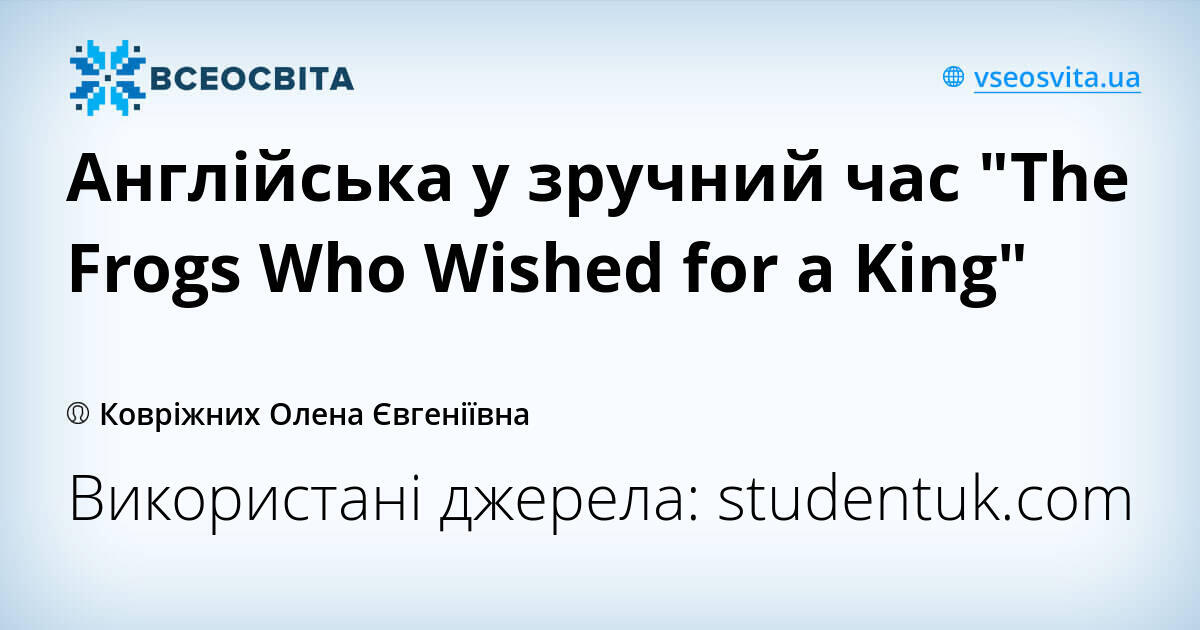

There it is a recognisably imperial stork who struts through the water wearing a laurel crown, cheered on one side by sycophantic supporters and causing havoc on the other. In the following century, the caricaturist Grandville turned to illustrating La Fontaine's fables after a censorship law made life difficult for him. A cartoon dating from 1791 and titled Le roi soliveau, ou les grenouilles qui demandent un roi (King Log, or the frogs demand a king) wryly portrays those responsible for the Champ de Mars massacre. La Fontaine was writing shortly after the restoration of the monarchy in England following a period of republican government L'Estrange made his comment three years after a revolution had overthrown the restored regime and installed another.Īs soon as the French had their own experience of regime-change, illustrators began to express their feelings through this fable too. In setting the scene, however, he pictures the frogs as 'tiring of their democratic state', taking in 1668 much the same sardonic stance as Roger L'Estrange would do in 1692. Jean de la Fontaine's fable of Les grenouilles qui desirent un roi (III.4) follows the Phaedrus version fairly closely and repeats the conclusion there. It is likely he was aware of its interpretation in favour of contentment with the status quo. The story was one of the 39 Aesop's fables chosen by Louis XIV of France for the labyrinth of Versailles, a hedge maze of hydraulic statues created for him in 1669 in the Gardens of Versailles, at the suggestion of Charles Perrault.

Under the title Freheit there is a verse that warns that those who do not appreciate freedom are sent a tyrant by divine will. He then alludes to this fable to illustrate how humanity deserves the rulers it gets: 'frogs must have their storks.' The author Christoff Mürer has a similar sentiment in his emblem book XL emblemata miscella nova (1620). There he speaks of the scarcity of good rulers, taking this lack as a punishment for human wickedness.

Yet another view was expressed by German theologian Martin Luther in his "On Governmental Authority" (1523). They are as restless with one and oftner they shift, the worse they are: so that Government or no Government, a King of God’s making or of the Peoples, or none at all, the Multitude are never to be satisfied.' A later commentator, the English Royalist Roger L'Estrange, sums up the situation thus: ' The mob are uneasy without a ruler. In his version, it is a heron rather than a snake that is sent as king. By the time of William Caxton, who published the first version in English, the lesson drawn is that ' he that hath liberty ought to kepe it wel, for nothyng is better than liberty'. His closing advice is to be content for fear of worse. The original context of the story, as related by Phaedrus, makes it clear that people feel the need of laws but are impatient of personal restraint. The Frogs Who Desired a King, illustrated by Milo Winter in a 1919 Aesop anthology


 0 kommentar(er)
0 kommentar(er)
